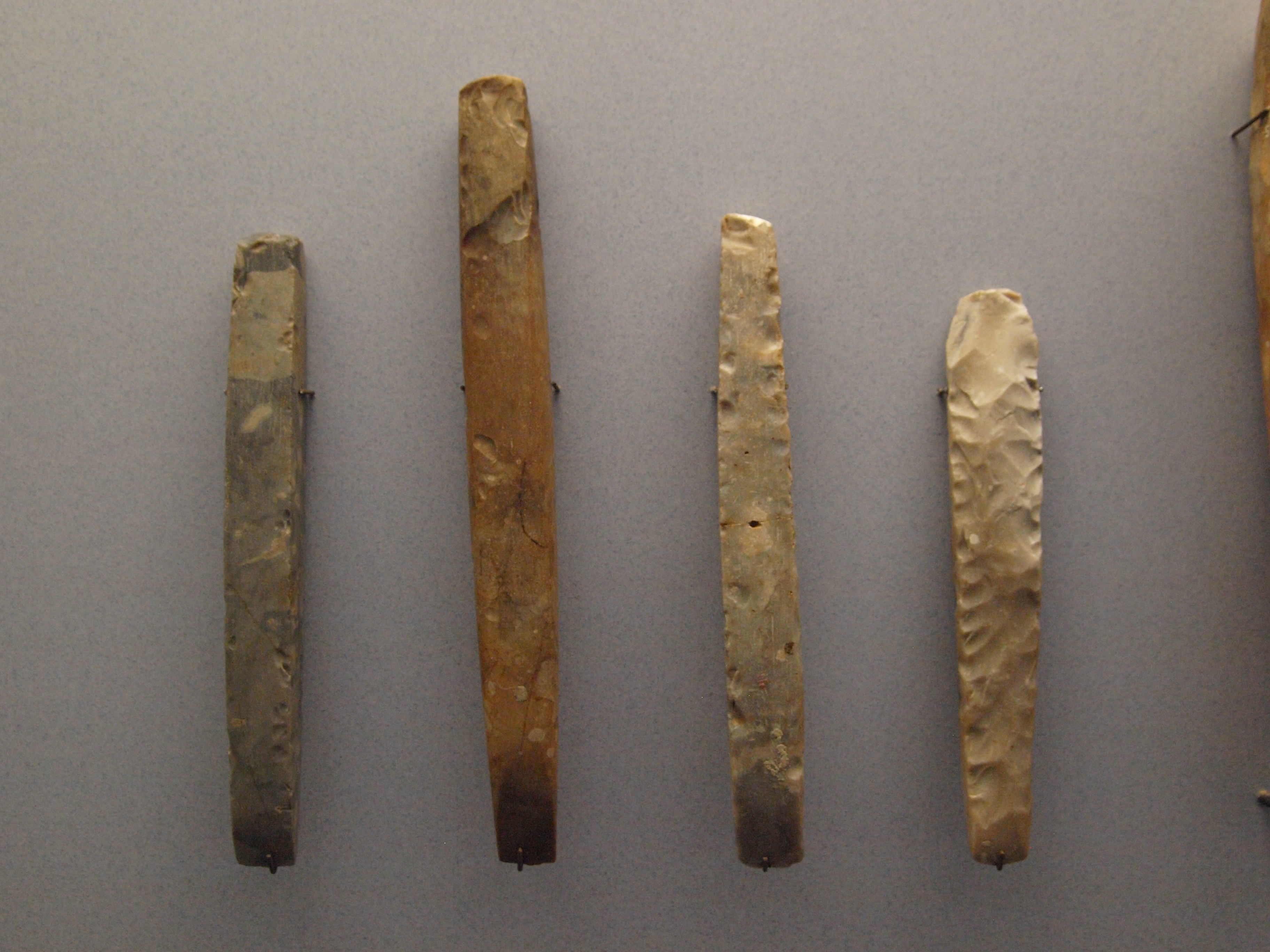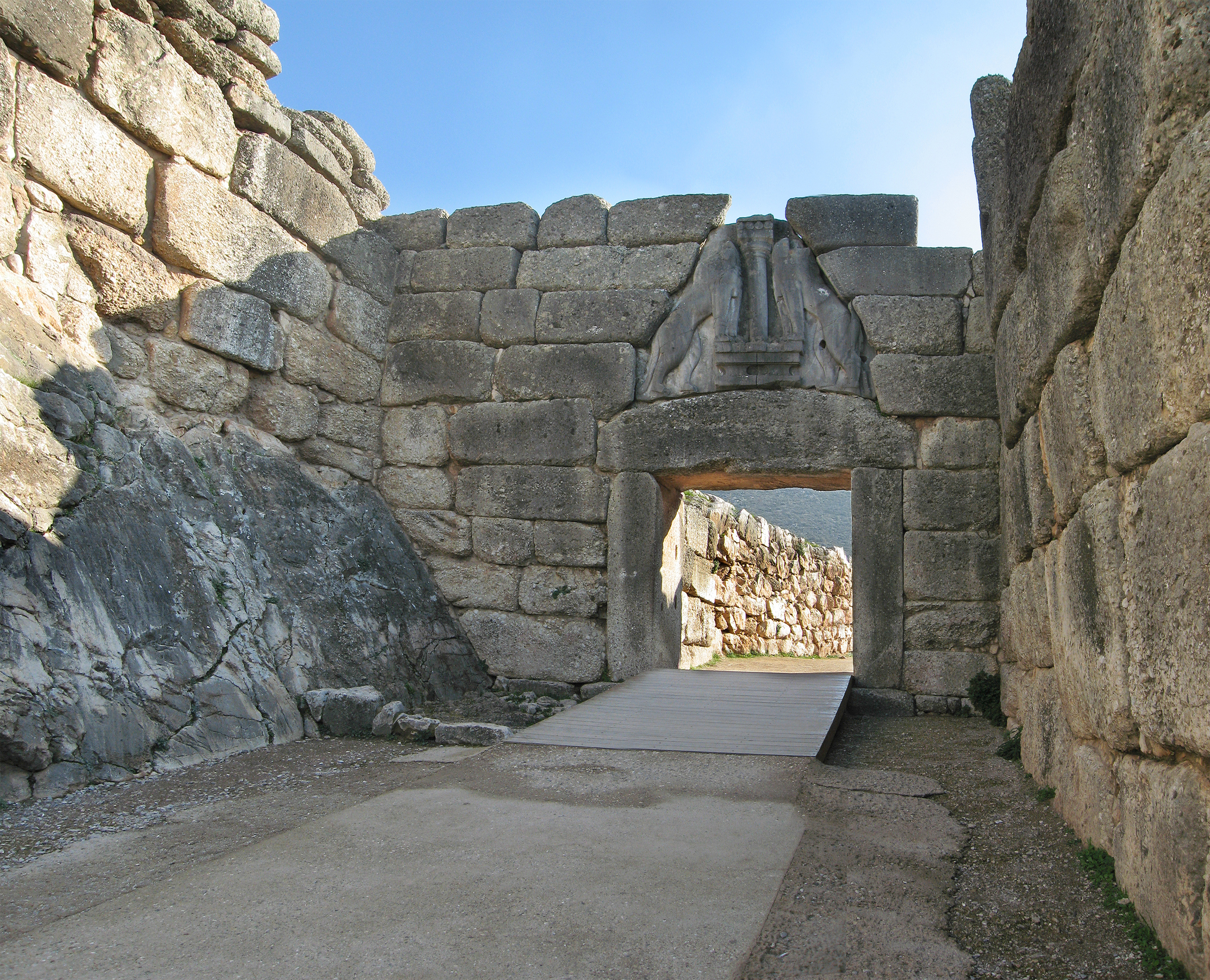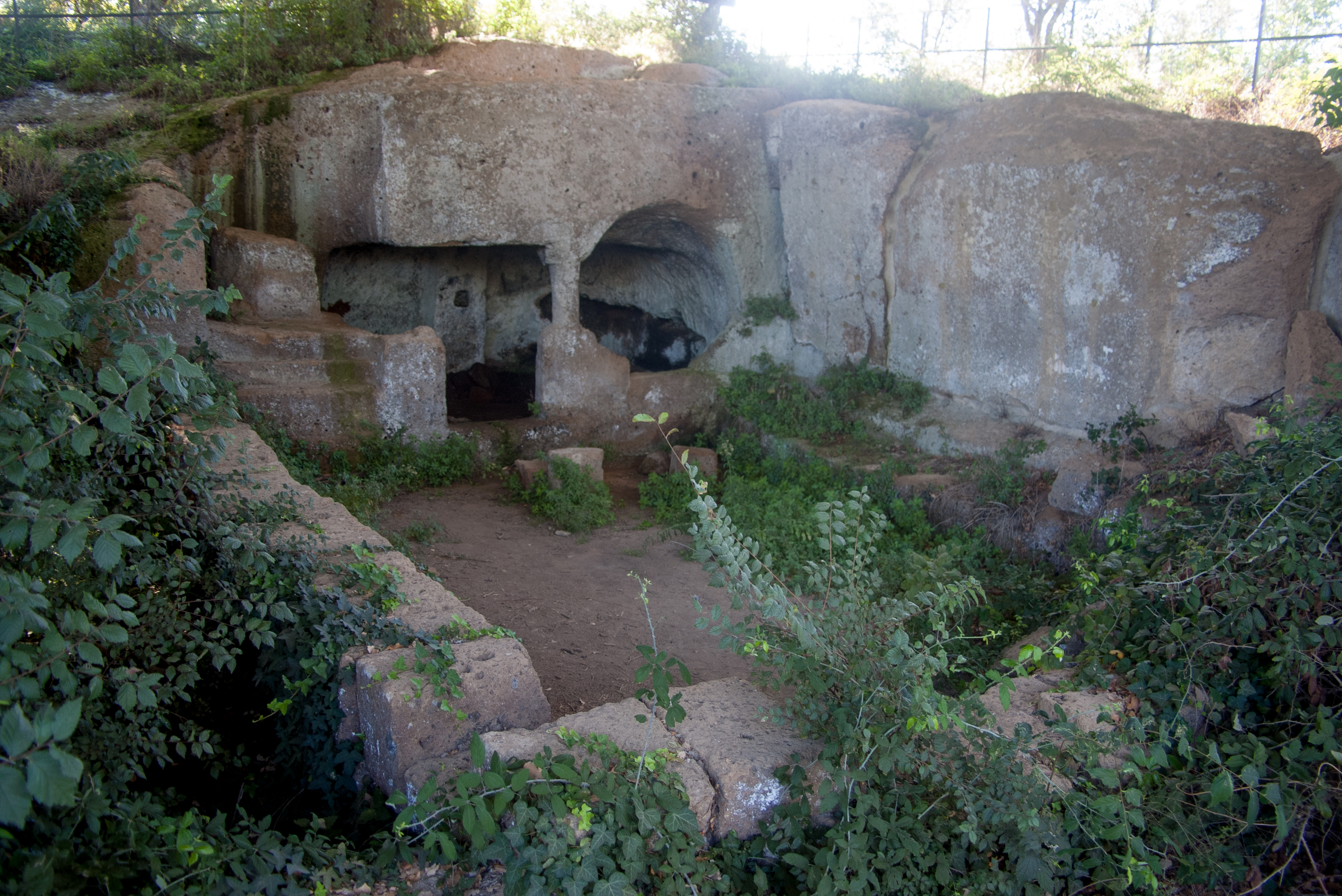|
Bronze And Brass Ornamental Work
Art in bronze and brass dates from remote Ancient history, antiquity. These important metals are alloys, bronze composed of copper and tin and brass of copper and zinc. Proportions of each alloy vary slightly. Bronze may be normally considered as nine parts of copper to one of tin. Other ingredients which are occasionally found are more or less accidental. The result is a metal of a rich golden brown colour, capable of being worked by casting — a process little applicable to its component parts, but peculiarly successful with bronze, the density and hardness of the metal allowing it to take any impression of a mould, however delicate. It is thus possible to create ornamental work of various kinds. Casting The process of casting in bronze and brass is known as ''cire perdue'', and is the most primitive and most commonly employed through the centuries, having been described in by the monk Theophilus Presbyter, Theophilus, and also by Benvenuto Cellini. Briefly, it is as follo ... [...More Info...] [...Related Items...] OR: [Wikipedia] [Google] [Baidu] |
Neolithic
The Neolithic or New Stone Age (from Ancient Greek, Greek 'new' and 'stone') is an archaeological period, the final division of the Stone Age in Mesopotamia, Asia, Europe and Africa (c. 10,000 BCE to c. 2,000 BCE). It saw the Neolithic Revolution, a wide-ranging set of developments that appear to have arisen independently in several parts of the world. This "Neolithic package" included the History of agriculture, introduction of farming, domestication of animals, and change from a hunter-gatherer lifestyle to one of sedentism, settlement. The term 'Neolithic' was coined by John Lubbock, 1st Baron Avebury, Sir John Lubbock in 1865 as a refinement of the three-age system. The Neolithic began about 12,000 years ago, when farming appeared in the Epipalaeolithic Near East and Mesopotamia, and later in other parts of the world. It lasted in the Near East until the transitional period of the Chalcolithic (Copper Age) from about 6,500 years ago (4500 BCE), marked by the development ... [...More Info...] [...Related Items...] OR: [Wikipedia] [Google] [Baidu] |
Chisel
A chisel is a hand tool with a characteristic Wedge, wedge-shaped cutting edge on the end of its blade. A chisel is useful for carving or cutting a hard material such as woodworking, wood, lapidary, stone, or metalworking, metal. Using a chisel involves forcing the blade into some material to cut it. The driving force may be applied by pushing by hand, or by using a mallet or hammer. In industrial use, a hydraulic ram or falling weight ('trip hammer') may be used to drive a chisel into the material. A Chisel#Gouge, gouge is a type of chisel that serves to carve small pieces from the material; particularly in woodworking, woodturning and sculpture. Woodworking Woodworking chisels range from small hand tools for tiny details, to large chisels used to remove big sections of wood, in 'roughing out' the shape of a pattern or design. Typically, in Wood carving, woodcarving, one starts with a larger tool, and gradually progresses to smaller tools to finish the detail. One of t ... [...More Info...] [...Related Items...] OR: [Wikipedia] [Google] [Baidu] |
Mycenaean Greece
Mycenaean Greece (or the Mycenaean civilization) was the last phase of the Bronze Age in ancient Greece, spanning the period from approximately 1750 to 1050 BC.. It represents the first advanced and distinctively Greek civilization in mainland Greece with its palatial states, urban organization, works of art, and writing system.. The Mycenaeans were mainland Greek peoples who were likely stimulated by their contact with insular Minoan Crete and other Mediterranean cultures to develop a more sophisticated sociopolitical culture of their own. The most prominent site was Mycenae, after which the culture of this era is named. Other centers of power that emerged included Pylos, Tiryns, and Midea in the Peloponnese, Orchomenos, Thebes, and Athens in Central Greece, and Iolcos in Thessaly. Mycenaean settlements also appeared in Epirus, Macedonia, on islands in the Aegean Sea, on the south-west coast of Asia Minor, and on Cyprus, while Mycenaean-influenced settlements appear ... [...More Info...] [...Related Items...] OR: [Wikipedia] [Google] [Baidu] |
Terremare
Terramare, terramara, or terremare is a technology complex mainly of the central Po valley, in Emilia, Northern Italy, dating to the Middle and Late Bronze Age c. 1700–1150 BC. It takes its name from the "black earth" residue of settlement mounds. ''Terramare'' is from ''terra marna'', "marl-earth", where marl is a lacustrine deposit. It may be any color but in agricultural lands it is most typically black, giving rise to the "black earth" identification of it. The population of the terramare sites is called the terramaricoli. The sites were excavated exhaustively in 1860–1910. These sites prior to the second half of the 19th century were commonly believed to have been used for Gallic and Roman sepulchral rites. They were called terramare and marnier by the farmers of the region, who mined the soil for fertilizer. Scientific study began with Bartolomeo Gastaldi in 1860. He was investigating peat bogs and old lake sites in north Italy but did some investigations of the ma ... [...More Info...] [...Related Items...] OR: [Wikipedia] [Google] [Baidu] |
Apennine Culture
The Apennine culture is a technology complex in central and southern Italy from the Italian Middle Bronze Age (15th–14th centuries BC). In the mid-20th century the Apennine was divided into Proto-, Early, Middle and Late , but now archaeologists prefer to consider as "Apennine" only the ornamental pottery style of the later phase of Middle Bronze Age (BM3). This phase is preceded by the Grotta Nuova facies (central Italy) and by the Protoapennine B facies (southern Italy) and succeeded by the Subapennine facies of 13th-century ("Bronzo Recente"). Apennine pottery is a burnished ware incised with spirals, meanders and geometrical zones, filled with dots or transverse dashes. It has been found on Ischia island in association with LHII and LHIII pottery and on Lipari in association with LHIIIA pottery, which associations date it to the Late Bronze Age as it is defined in Greece and the Aegean. Society The people of the Apennine culture were alpine cattle herdsmen grazing t ... [...More Info...] [...Related Items...] OR: [Wikipedia] [Google] [Baidu] |
Anatolia
Anatolia (), also known as Asia Minor, is a peninsula in West Asia that makes up the majority of the land area of Turkey. It is the westernmost protrusion of Asia and is geographically bounded by the Mediterranean Sea to the south, the Aegean Sea to the west, the Turkish Straits to the northwest, and the Black Sea to the north. The eastern and southeastern limits have been expanded either to the entirety of Asiatic Turkey or to an imprecise line from the Black Sea to the Gulf of Alexandretta. Topographically, the Sea of Marmara connects the Black Sea with the Aegean Sea through the Bosporus and the Dardanelles, and separates Anatolia from Thrace in Southeast Europe. During the Neolithic, Anatolia was an early centre for the development of farming after it originated in the adjacent Fertile Crescent. Beginning around 9,000 years ago, there was a major migration of Anatolian Neolithic Farmers into Neolithic Europe, Europe, with their descendants coming to dominate the continent a ... [...More Info...] [...Related Items...] OR: [Wikipedia] [Google] [Baidu] |
Italy
Italy, officially the Italian Republic, is a country in Southern Europe, Southern and Western Europe, Western Europe. It consists of Italian Peninsula, a peninsula that extends into the Mediterranean Sea, with the Alps on its northern land border, as well as List of islands of Italy, nearly 800 islands, notably Sicily and Sardinia. Italy shares land borders with France to the west; Switzerland and Austria to the north; Slovenia to the east; and the two enclaves of Vatican City and San Marino. It is the List of European countries by area, tenth-largest country in Europe by area, covering , and the third-most populous member state of the European Union, with nearly 59 million inhabitants. Italy's capital and List of cities in Italy, largest city is Rome; other major cities include Milan, Naples, Turin, Palermo, Bologna, Florence, Genoa, and Venice. The history of Italy goes back to numerous List of ancient peoples of Italy, Italic peoples—notably including the ancient Romans, ... [...More Info...] [...Related Items...] OR: [Wikipedia] [Google] [Baidu] |
Greece
Greece, officially the Hellenic Republic, is a country in Southeast Europe. Located on the southern tip of the Balkan peninsula, it shares land borders with Albania to the northwest, North Macedonia and Bulgaria to the north, and Turkey to the east. The Aegean Sea lies to the east of the Geography of Greece, mainland, the Ionian Sea to the west, and the Sea of Crete and the Mediterranean Sea to the south. Greece has the longest coastline on the Mediterranean Basin, spanning List of islands of Greece, thousands of islands and nine Geographic regions of Greece, traditional geographic regions. It has a population of over 10 million. Athens is the nation's capital and List of cities and towns in Greece, largest city, followed by Thessaloniki and Patras. Greece is considered the cradle of Western culture, Western civilisation and the birthplace of Athenian democracy, democracy, Western philosophy, Western literature, historiography, political science, major History of science in cl ... [...More Info...] [...Related Items...] OR: [Wikipedia] [Google] [Baidu] |
Copper Age
The Chalcolithic ( ) (also called the Copper Age and Eneolithic) was an archaeological period characterized by the increasing use of smelted copper. It followed the Neolithic and preceded the Bronze Age. It occurred at different periods in different areas, but was absent in some parts of the world, such as Russia, where there was no well-defined Copper Age between the Stone and Bronze Ages. Stone tools were still predominantly used during this period. The Chalcolithic covers both the early cold working (hammering) of near pure copper ores, as exhibited by the likes of North American Great Lakes Old Copper complex, from around 6,500 BC, through the later copper smelting cultures. The archaeological site of Belovode, on Rudnik mountain in Serbia, has the world's oldest securely dated evidence of copper smelting at high temperature, from . The transition from Copper Age to Bronze Age in Europe occurred between the late 5th and the late In the Ancient Near East the Copper Ag ... [...More Info...] [...Related Items...] OR: [Wikipedia] [Google] [Baidu] |
Minoan Chronology
Minoan chronology is a framework of dates used to divide the history of the Minoan civilization. Two systems of relative chronology are used for the Minoans. One is based on sequences of pottery styles, while the other is based on the architectural phases of the Minoan palaces. These systems are often used alongside one another. Establishing an absolute chronology has proved difficult, since different methodologies provide different results. For instance, while carbon dating places the eruption of Thera around 1600 BC, synchronism with Egyptian records would place it roughly a century later. Relative chronology Ceramic periodization The standard relative chronology divides Minoan history into three eras: ''Early Minoan (EM)'', ''Middle Minoan (MM)'' and ''Late Minoan (LM)''. These eras are divided into sub-eras using Roman numerals (e.g. EM I, EM II, EM III) and sub-sub-eras using capital letters (e.g. LM IIIA, LMIIIB, LM IIIC). This system is based on the sequenc ... [...More Info...] [...Related Items...] OR: [Wikipedia] [Google] [Baidu] |
Alloy
An alloy is a mixture of chemical elements of which in most cases at least one is a metal, metallic element, although it is also sometimes used for mixtures of elements; herein only metallic alloys are described. Metallic alloys often have properties that differ from those of the pure elements from which they are made. The vast majority of metals used for commercial purposes are alloyed to improve their properties or behavior, such as increased strength, hardness or corrosion resistance. Metals may also be alloyed to reduce their overall cost, for instance alloys of gold and Copper(II) sulfate, copper. A typical example of an alloy is SAE 304 stainless steel, 304 grade stainless steel which is commonly used for kitchen utensils, pans, knives and forks. Sometime also known as 18/8, it as an alloy consisting broadly of 74% iron, 18% chromium and 8% nickel. The chromium and nickel alloying elements add strength and hardness to the majority iron element, but their main function is ... [...More Info...] [...Related Items...] OR: [Wikipedia] [Google] [Baidu] |






